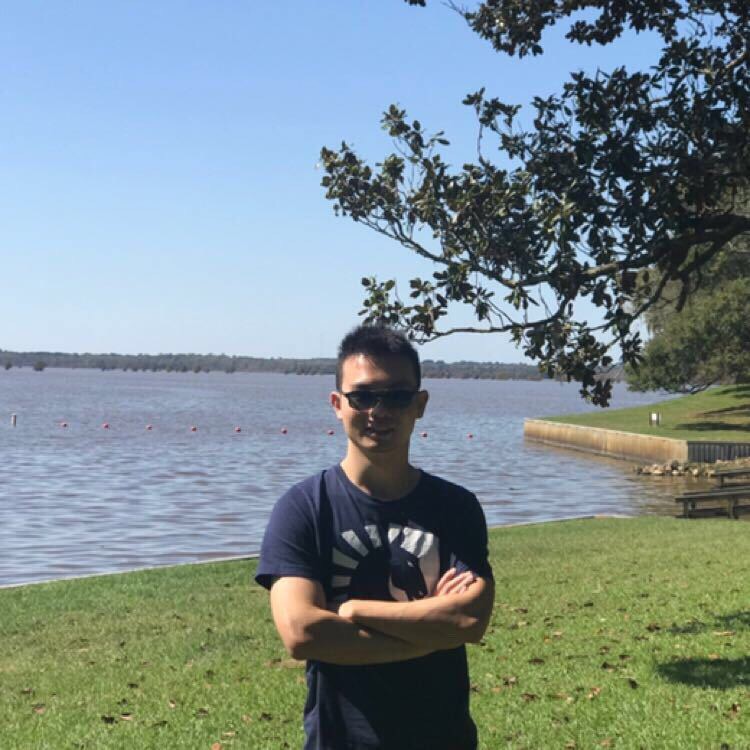Lieyu Shi

Ph.D. Candidate at
Dept. of Computer Science,
University of Houston,
Houston, TX, USA
About me
I am a Ph.D. candidate in computer science department from University of Houston, TX, USA, under supervision of Dr. Guoning Chen. I'm to graduate in December 2019 and actively seeking software engineer position. Before that, I got the B.S. in Computational Mathematics from Xi'an Jiaotong University in July 2013.
My research primarily centers on flow visualization and analysis, especially the feature estimation from integral curves of input with unsupervised clustering techniques. I've been working in DaViM Lab since 08/2014.
Education
Aug. 2014 -- Dec. 2019 Ph.D. in computer science, University of Houston, TX, USA Aug. 2009 -- Jul. 2013 B.S. in mathematics, Xi'an Jiaotong University, China
Publications
Estimate Separation-like Behaviors from Sets of Integral Curves
Lieyu Shi and Guoning Chen.
under review for PacificVis 2020
[ paper
]
[ source code
]
Integral Curve Clustering and Simplification for Flow Visualization: A Comparative Evaluation
Lieyu Shi , Robert Laramee and Guoning Chen.
IEEE Transactions on Visualization and Computer Graphics 2019 (accepted)
[ paper ]
[ supplemental
]
[ video
]
[ source code
]
Metric-based Curve Clustering and Feature Extraction in Flow Visualization
Lieyu Shi and Guoning Chen.
IEEE CAD & Graphics 2017 short paper
[ paper
]
[ supplemental
]
[ source code
]
Analysis Enhanced Particle-based Flow Visualization
Lieyu Shi , Lei Zhang, Wei Cao and Guoning Chen.
Visualization and Data Analysis (VDA 2017),
[ paper
]
[ source code
]
Work Experience
Jan. 2015 -- Dec. 2019 Teaching assistant in computer science department in University of Houston May 2019 -- Aug. 2019 Data analyst in wells technology team, Shell Houston May 2018 -- Aug. 2018 Data analyst in wells technology team, Shell Houston